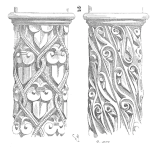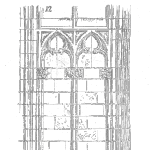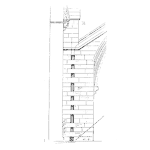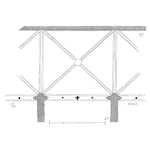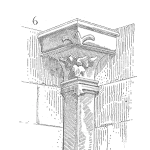
Definition of Reliability
Reliability, in its academic root, is defined as the probability that a system will perform its intended function in a specified mission time and within specific process conditions. Reliability (R) is related to the Probability of Success as opposed to the Probability of Failure (F), and the relation between R and F is:
R = 1 – F (for mission time t)
In the above context, a reliability example would be: What is the probability that a centrifugal pump in a sheltered enclosure will push 3,000m3/day of sweet crude oil without unplanned failures for a period of 8,760 running hours?
[Read more…]